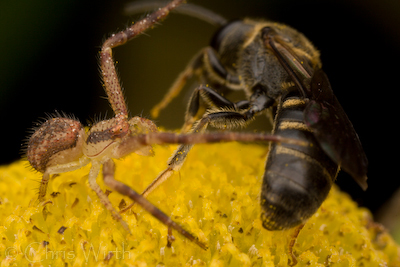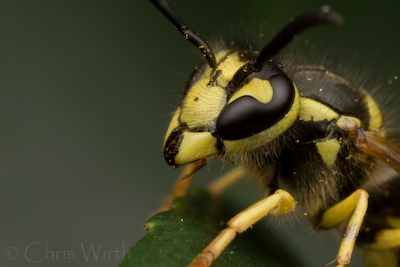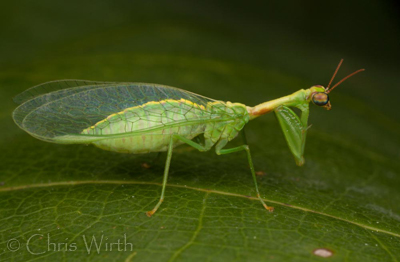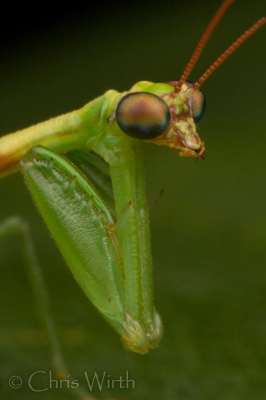Not to add to the massive avalanche of stories on Charles Darwin, but today is the 200th anniversary of his birth – and Abraham Lincoln as well.
The most intriguing aspect of Darwin, at least to me, was his interest in beetles. Art Evans has a good post covering Darwin’s beetle adventures – take a look for a more in depth treatment of the topic; however, I will let Charles speak for himself…
From the small size of insects, we are apt to undervalue their appearance. If we could imagine a male Chalcosoma, with its polished bronzed coat of mail, and its vast complex horns, magnified to the size of a horse, or even of a dog, it would be one of the most imposing animals in the world. (The Descent of Man)
But no pursuit at Cambridge was followed with nearly so much eagerness or gave me so much pleasure as collecting beetles. It was the mere passion for collecting, for I did not dissect them, and rarely compared their external characters with published descriptions, but got them named anyhow. I will give a proof of my zeal: one day, on tearing off some old bark, I saw two rare beetles, and seized one in each hand; then I saw a third and new kind, which I could not bear to lose, so that I popped the one which I held in my right hand into my mouth. Alas! it ejected some intensely acrid fluid, which burnt my tongue so that I was forced to spit the beetle out, which was lost, as was the third one. (Autobiography)
I was introduced to entomology by my second cousin W. Darwin Fox, a clever and most pleasant man, who was then at Christ’s College, and with whom I became extremely intimate. Afterwards I became well acquainted, and went out collecting, with Albert Way of Trinity, who in after years became a well-known archaeologist; also with H. Thompson of the same College, afterwards a leading agriculturist, chairman of a great railway, and Member of Parliament. It seems therefore that a taste for collecting beetles is some indication of future success in life! (Autobiography)
I feel like an old war-horse at the sound of the trumpet, when I read about the capturing of rare beetles— is not this a magnanimous simile for a decayed entomologist. It really almost makes me long to begin collecting again. (Private Letter)





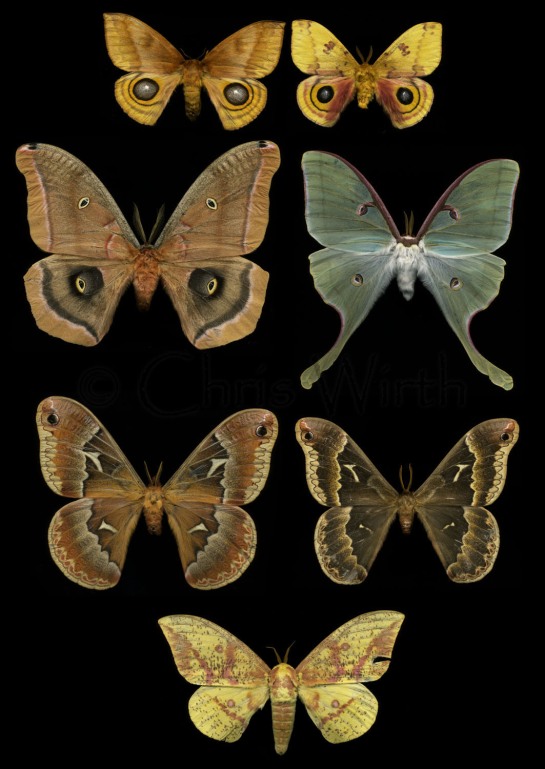

 Calosoma scrutator (F.) (Scale = 5mm)
Calosoma scrutator (F.) (Scale = 5mm)


